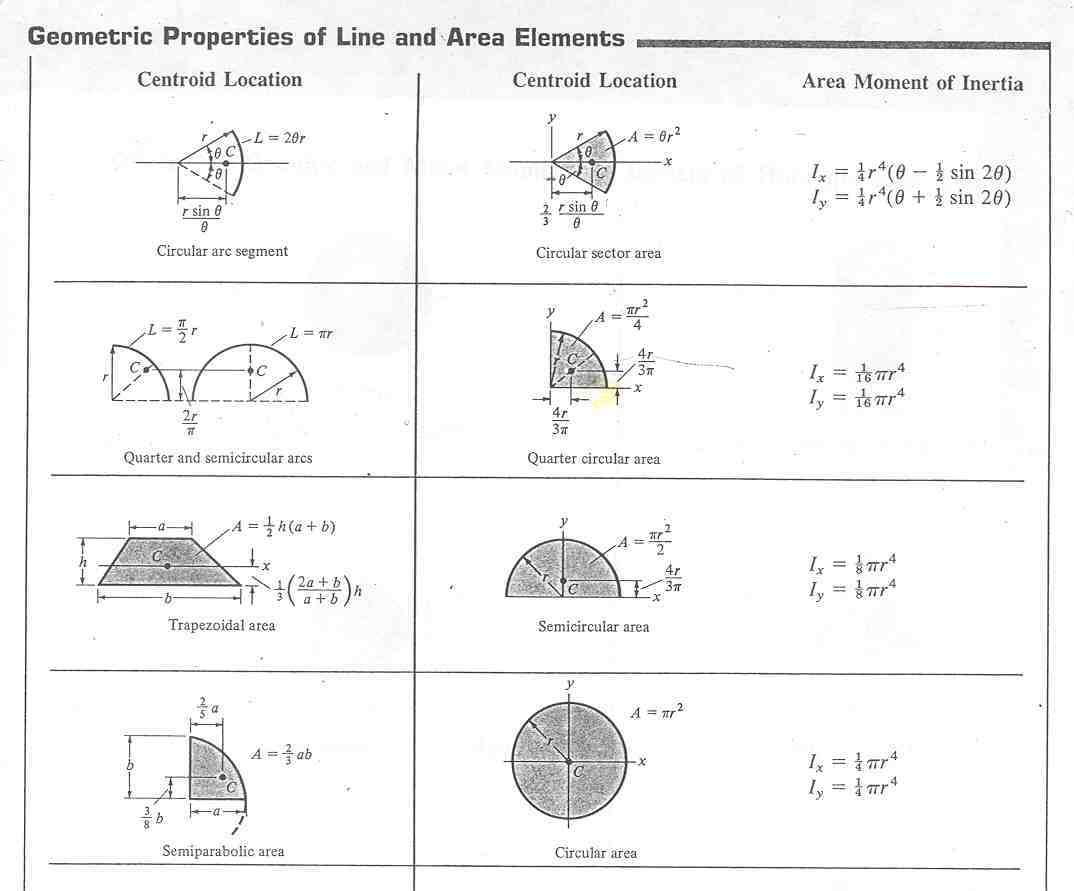Moment of inertia
Newton's second law, Force = mass x acceleration, relates the acceleration that an object of a certain mass experiences when subject to a given force. There is an analogous relation between torque and angular acceleration, which introduces the concept of moment of inertia:

Just as mass is a measure of how readily an object accelerates due to a given force, the moment of inertia of an object measures how easily an object rotates about a particular point of rotation. Thus, objects with a larger moment of inertia about a given point will be harder to rotate with a set torque. Correspondingly, a larger torque will cause a larger acceleration on a particular body.
The moment of inertia of a body, which is always measured relative to a point of rotation, depends in general on the object's mass and on its shape. It is perhaps evident that for a single mass going in a circle of fixed radius, the greater the radius the harder it is to change the angular velocity. This is because the actual displacement, and hence linear velocity of the mass is proportional to the radius, so greater radius, for a given angular displacement means greater linear displacement. In an extended object the parts that are further from the axis of rotation contribute more to the moment of inertia than the parts closer to the axis. So as a general rule, for two objects with the same total mass, the object with more of the mass located further from the axis will have a greater moment of inertia. For example, the moment of inertia of a solid cylinder of mass M and radius R about a line passing through its center is MR2, whereas a hollow cylinder with the same mass and radius has a moment of inertia of MR2. Similarly when a spinning figure skater pulls her arms in to her body she places more of her body weight closer to the axis of rotation and decreases her moment of inertia.
MR2, whereas a hollow cylinder with the same mass and radius has a moment of inertia of MR2. Similarly when a spinning figure skater pulls her arms in to her body she places more of her body weight closer to the axis of rotation and decreases her moment of inertia.
The Moment of inertia is the property by the virtue of which the body resists angular acceleration. In simple words we can say it is the measure of the amount of moment given to the body to over come its own inertia.
The moment of inertia of a body, which is always measured relative to a point of rotation, depends in general on the object's mass and on its shape. It is perhaps evident that for a single mass going in a circle of fixed radius, the greater the radius the harder it is to change the angular velocity. This is because the actual displacement, and hence linear velocity of the mass is proportional to the radius, so greater radius, for a given angular displacement means greater linear displacement. In an extended object the parts that are further from the axis of rotation contribute more to the moment of inertia than the parts closer to the axis. So as a general rule, for two objects with the same total mass, the object with more of the mass located further from the axis will have a greater moment of inertia. For example, the moment of inertia of a solid cylinder of mass M and radius R about a line passing through its center is
Moment of Inertia Formula
The Moment of inertia is the property by the virtue of which the body resists angular acceleration. In simple words we can say it is the measure of the amount of moment given to the body to over come its own inertia.





Good Work !!
ReplyDeleteThat's all , I can say :)
FROM DELHI-Gzb, NH-24
everything available at one place.. cool
ReplyDeletevisit www.mayuruvpce.blogspot.com
ReplyDeleteSuper excellent very good work.
ReplyDeleteSuper excellent very good work.
ReplyDeleteSuper excellent very good work.
ReplyDeletethank you for this information
ReplyDeletethanks sir its good.
ReplyDeleteThank you. I am very grateful
ReplyDeleteThanks sir its good
ReplyDeleteObrigado pela informação!
ReplyDeleteI amm Grateful indeed
ReplyDeleteI amm Grateful indeed
ReplyDeleteI amm Grateful indeed
ReplyDeleteJustamente oque eu precisava, obrigado!!
ReplyDeleteThanks
ReplyDeleteTop quality mech eng tips here for all your structural needs
ReplyDeleteWow what inspiring engineering right here
ReplyDeleteGood
ReplyDeleteThanks and I have a neat offer you: How Much Home Renovation Can I Afford victorian house renovation
ReplyDeletejohn
ReplyDeleteadd me you accaunt
ReplyDeleteThank you Sir
ReplyDelete